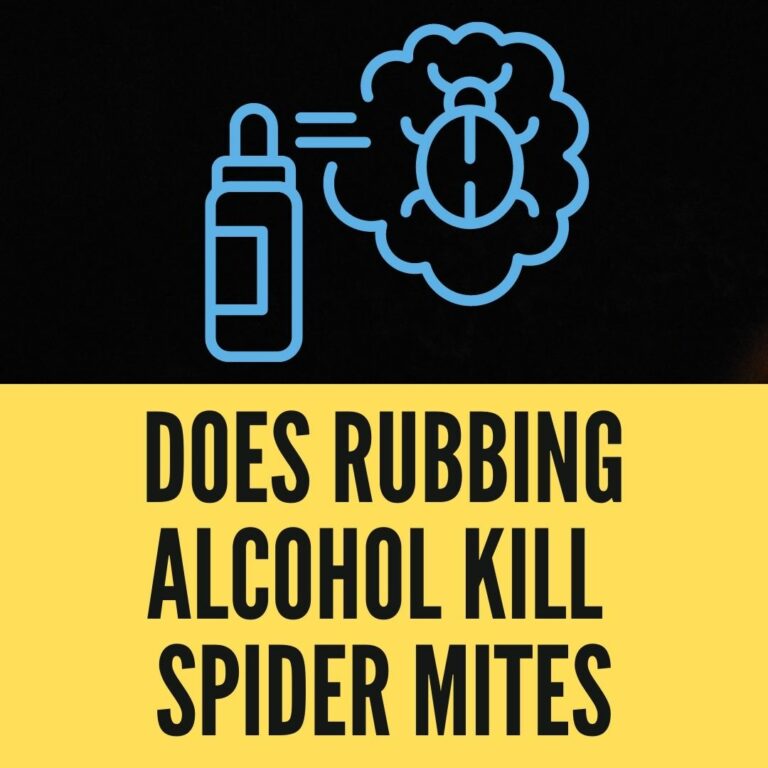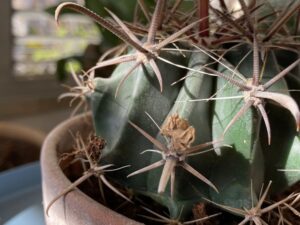Spider mites are notorious for being pervasive pests, particularly in the realm of indoor and outdoor gardening. These minuscule arachnids can devastate an array of plants, spinning fine webs and sucking the life from foliage. Their resilience and rapid reproduction rates present formidable challenges to plant enthusiasts and farmers alike. Combatting these irritating intruders often invites inquiries into potential solutions, one of which involves the use of rubbing alcohol. Does rubbing alcohol kill spider mites? The straightforward answer is yes, but the considerations regarding its use and effectiveness emphasize that a safe approach is crucial.
Understanding the Mechanism of Action
To appreciate the efficacy of rubbing alcohol as a pest control agent, it is essential to delve into its mode of action. Rubbing alcohol, commonly found in concentrations of either 70% or 91%, is primarily composed of isopropyl alcohol. When applied to spider mites, the substance works by disrupting the cells of the mites, effectively causing dehydration and utter collapse of their physiologic functions. The high volatility of alcohol means that it evaporates quickly, but this characteristic can be a double-edged sword. While it acts swiftly, ensuring pests do not have time to dodge or develop resistance, the rapid evaporation may limit its residual efficacy on leaves where mites are susceptible to reinfestation.
Why Spider Mites Thrive: Conditions Favoring Infestation
Understanding why spider mites proliferate in specific environments can illuminate preventative measures for gardeners and homeowners alike. These pests thrive in conditions characterized by warm, dry environments. Indoor settings with inadequate humidity often create ideal breeding grounds. Light stress from prolonged exposure to direct sunlight or insufficient watering can exacerbate the problem, compounding plant stress and making them more attractive to spider mites.
Furthermore, an imbalance in natural predators can fuel infestation rates. Beneficial insects like ladybugs and lacewings naturally prey upon spider mites, and a lack of such allies can lead to a boom in mite populations. Consequently, fostering biodiversity and maintaining proper plant hygiene can serve as effective proactive strategies to deter these pests from infiltrating your garden.
A Step-by-Step Guide to Using Rubbing Alcohol
Applying rubbing alcohol can be an effective strategy against spider mites when executed properly. Here is a detailed guide on employing this method safely:
1. Choose the Right Concentration: Rubbing alcohol is available in various concentrations, typically 70% and 91%. The 70% concentration is most commonly recommended for pest control as it contains enough water to slow the evaporation rate while still being potent enough to eliminate spider mites.
2. Test the Solution: Before widespread application, it’s prudent to conduct a patch test on a small area of the affected plant. Simply spray a small leaf and observe for any adverse reactions over 24 hours. This preventive measure ensures that the alcohol does not cause leaf burn or other damage.
3. Application Method: Using a spray bottle, thoroughly coat both sides of the leaves, as spider mites are often found on the underside. Ensure a liberal coating for maximum impact, but avoid oversaturation that could lead to water damage or other issues.
4. Timing Matters: The best time to apply rubbing alcohol is during the cooler hours of the day, such as early morning or late afternoon. Applying when temperatures are high increases evaporation rates, reducing the product’s efficacy while also heightening the risk of plant stress.
5. Repeat as Necessary: The reproductive cycle of spider mites can make single applications insufficient. Regular monitoring of your plants and follow-up applications may be necessary, particularly after a week, to combat any surviving mites and their progeny effectively.
Precautions to Ensure Safety
While rubbing alcohol is a potent tool in the fight against spider mites, it is not without risks. Adopting the following precautions can foster a safe application process:
1. Avoid Sensitive Plants: Certain plants, particularly those with delicate foliage such as ferns or succulents, may react negatively to alcohol. Research the specific tolerances of your plant species before application.
2. Ventilation is Key: Apply rubbing alcohol in a well-ventilated space to avoid inhaling fumes, which can be harmful. This is particularly crucial when spraying indoors.
3. Stay Away from Children and Pets: Ensure that pets and children are kept at a safe distance during application. Rubbing alcohol, while often safe for plants, can be hazardous if ingested or absorbed through the skin.
Conclusion: A Comprehensive Approach to Pest Management
In summary, rubbing alcohol proves to be an effective ally in the battle against spider mites. Its quick action and efficiency in debilitating mite populations make it a suitable choice for many gardeners. However, it’s vital to remember that it should be part of a comprehensive integrated pest management plan. Combining the use of rubbing alcohol with good cultural practices and natural predators can provide a more sustainable and effective solution. By understanding both the weapon you’re wielding and the enemy you’re facing, you position yourself for success, ensuring your plants remain healthy and vibrant amidst the lurking threat of spider mites.




Leave a Comment